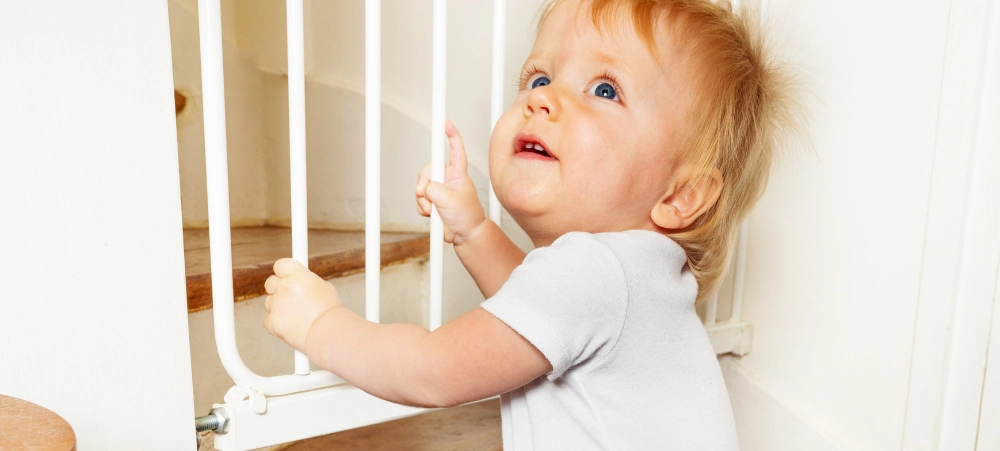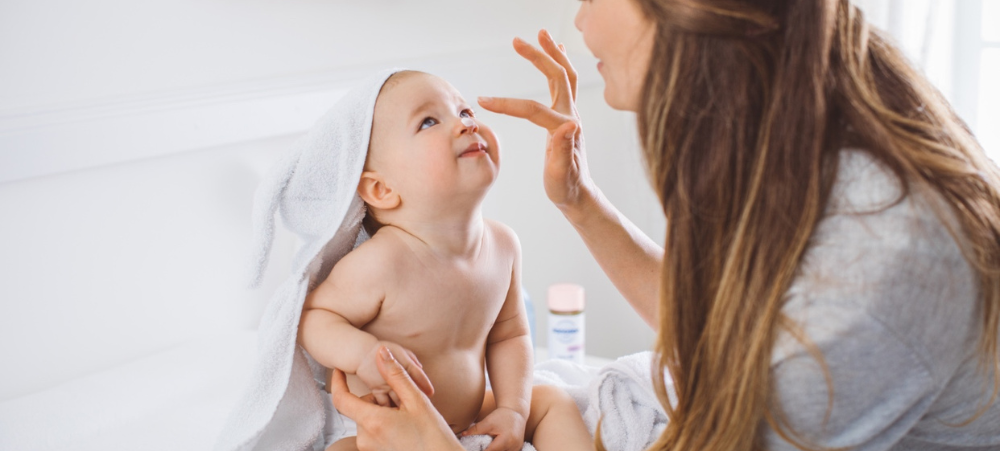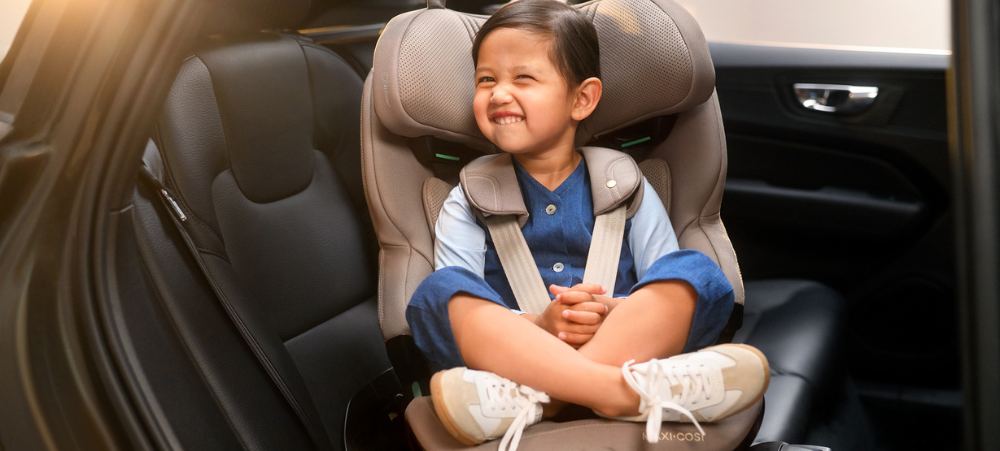As your little one begins to crawl, walk, and explore the world around them, your home can quickly become a playground filled with potential hazards. Baby-proofing isn’t just about safety—it’s about creating an environment where your child can explore and grow without constant worry. With the right strategies, you can make your home a secure space while keeping it functional for the whole family.
Here’s a step-by-step guide to help you baby-proof your home like a pro.
1. Start Early
Babies grow fast, and before you know it, they’re on the move. Start baby-proofing when your child begins showing signs of mobility, such as rolling over or scooting. Preparing early ensures you’re ready when they start exploring.
2. Get Down to Their Level
To spot potential hazards, get on your hands and knees and see the world from your baby’s perspective. Look for sharp edges, dangling cords, and small objects that could be choking hazards. This exercise will help you identify risks you might otherwise overlook.
3. Secure Furniture and Appliances
As babies learn to pull themselves up, unsecured furniture and appliances can tip over and cause serious injuries.
- Anchor Heavy Furniture: Use wall anchors or straps to secure bookcases, dressers, and TV stands.
- Mount TVs: If possible, mount televisions on the wall or place them on sturdy, secured furniture.
- Stabilise Appliances: Secure large appliances like ovens, dishwashers, and refrigerators to prevent tipping.
4. Block Off Dangerous Areas
Not every part of your home is baby-friendly, so use barriers to restrict access.
- Install Baby Gates: Place gates at the top and bottom of stairs, as well as in doorways to rooms with hazards like the kitchen or bathroom.
- Close Doors: Keep doors to off-limits areas closed and use door knob covers to prevent access.
5. Protect Electrical Outlets and Cords
Curious little fingers love exploring outlets and tugging on cords.
- Outlet Covers: Use sliding outlet covers or plug protectors to block unused outlets.
- Cord Shorteners: Bundle and secure cords to prevent pulling or tripping.
- Avoid Overloading Outlets: Keep outlets with multiple devices well out of your baby’s reach.
6. Cushion Sharp Corners and Edges
Furniture with sharp corners can pose a risk for bumps and bruises.
- Edge Protectors: Apply cushioned guards to coffee tables, desks, and other sharp-edged furniture.
- Soft Mats: Use rugs or foam mats in play areas to provide a softer landing for falls.
7. Secure Cabinets and Drawers
Cabinets and drawers often contain items that could be dangerous to babies.
- Childproof Locks: Install latches or magnetic locks on cabinets and drawers, especially in the kitchen and bathroom.
- Move Hazardous Items: Store cleaning products, medications, and sharp objects in high, secure locations.
8. Keep Small Objects Out of Reach
Babies explore the world by putting things in their mouths, so it’s essential to eliminate choking hazards.
- Check Floors and Surfaces: Regularly scan for small objects like coins, buttons, and jewellery.
- Toys: Ensure all toys are age-appropriate and free of detachable small parts.
9. Baby-Proof Windows and Doors
Windows and doors can pose a risk of falls or pinched fingers.
- Install Window Guards: Use window locks or guards to prevent windows from opening more than a few inches.
- Cordless Blinds: Replace blinds with cords or use cord winders to keep cords out of reach.
- Finger Guards: Place guards on doors to prevent them from slamming on little fingers.
10. Safeguard Water Hazards
Water can be one of the most dangerous elements in a home for babies.
- Supervise at All Times: Never leave a baby unattended near water, including bathtubs, buckets, or toilets.
- Toilet Locks: Install locks to prevent your child from opening toilet lids.
- Lower Water Heater Temperature: Set your water heater to 120°F (49°C) to prevent scalding.
11. Be Mindful of Small Details
- Trash Cans: Use cans with locking lids or keep them in cabinets with childproof locks.
- Pet Food and Bowls: Keep pet food and water dishes out of reach to avoid spills and choking hazards.
- Houseplants: Some plants can be toxic to children—ensure all houseplants are baby-safe and out of reach.
12. Create a Safe Play Area
Designate a specific area in your home for your baby to play and explore freely.
- Use a playpen or baby fence to create boundaries.
- Provide age-appropriate toys that stimulate learning and development.
- Keep the area clutter-free and regularly inspect it for hazards.
13. Prepare for Emergencies
Even with the best baby-proofing efforts, accidents can happen. Be prepared by:
- Keeping a first-aid kit easily accessible.
- Learning infant CPR and first-aid techniques.
- Having emergency numbers, like poison control, saved in your phone or posted in a visible spot.
14. Regularly Update Your Efforts
As your baby grows and develops new skills, their environment will need to change. Crawling babies and walking toddlers have different safety needs, so reassess your home regularly to address new hazards.
Final Thoughts
Baby-proofing your home is a vital step in keeping your child safe while encouraging their natural curiosity and exploration. By taking proactive steps to identify and address hazards, you can create a secure environment that allows your baby to thrive.
Remember, baby-proofing isn’t a one-time task—it’s an ongoing process that evolves as your child grows. With patience, preparation, and a little creativity, you’ll have peace of mind knowing your home is a safe haven for your little one.
We understand that there are many aspects that encompass a Mother, Father or Child and strive toward providing resources and services that accommodates this.
Our content is aimed to inform and educate families on issues starting from pregnancy through to the challenges of the teen-age years.
- Tiny Toons Looniversity Returns: Meet the Voice Behind Plucky and Hamton! - December 12, 2025
- From Pain to Possibility: Panado®’s New Marketing Campaign, Highlights The Joy Of Pain Relief - December 10, 2025
- Feeding Unicorns by Jeni-Anne Campbell: A bold new book for business leaders who care - December 9, 2025





